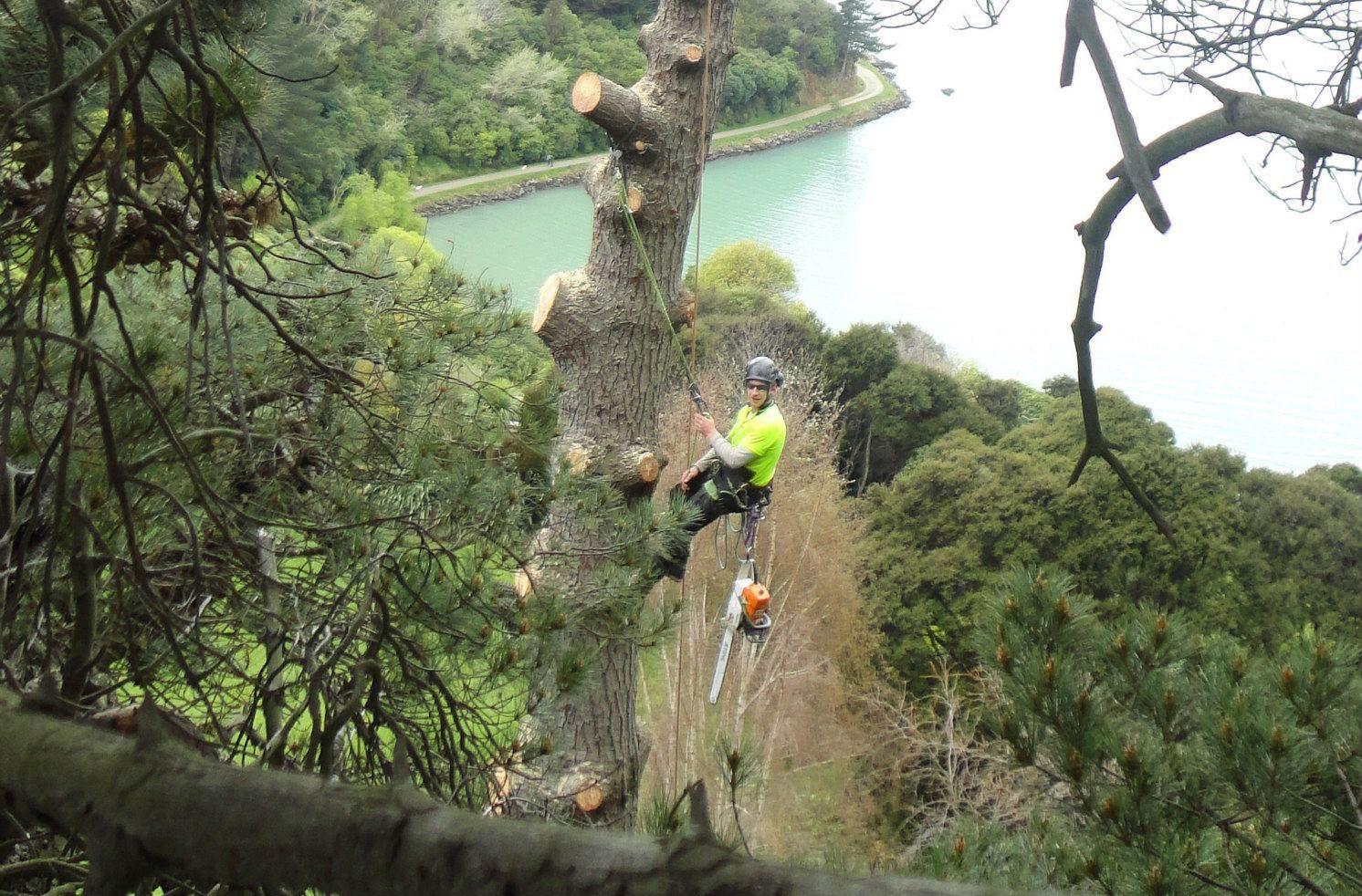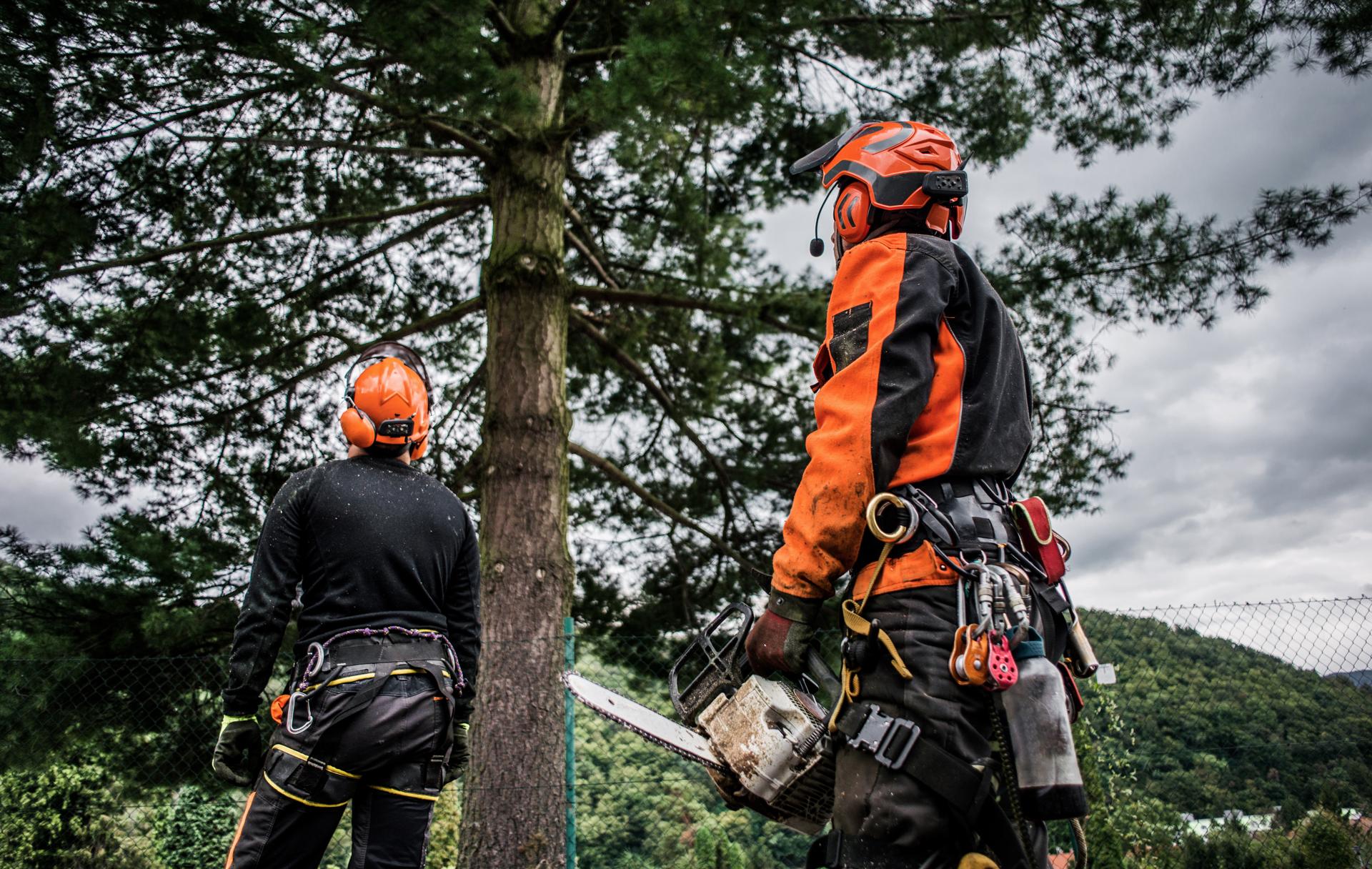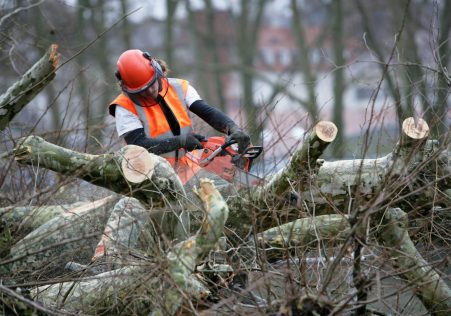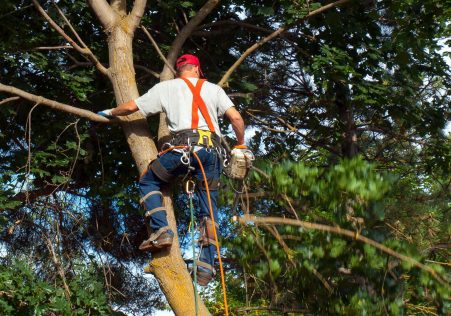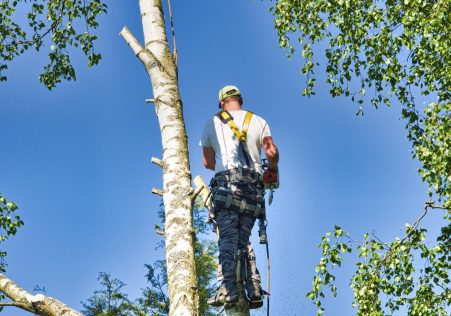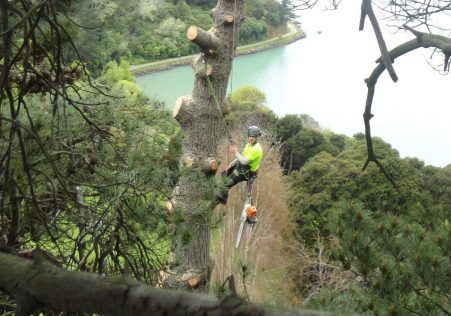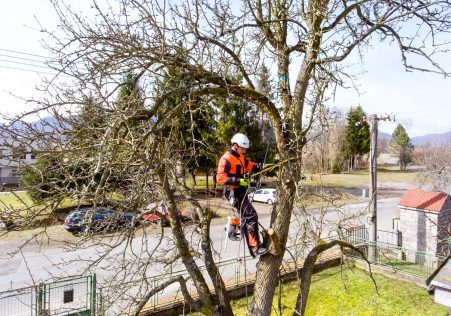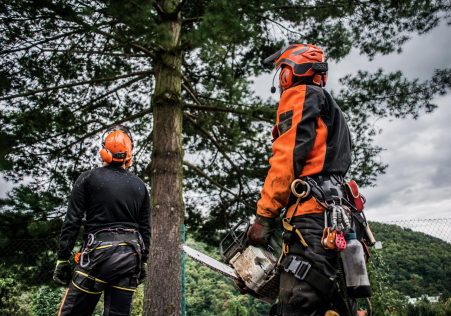It's the Length of Time Roots Stay On
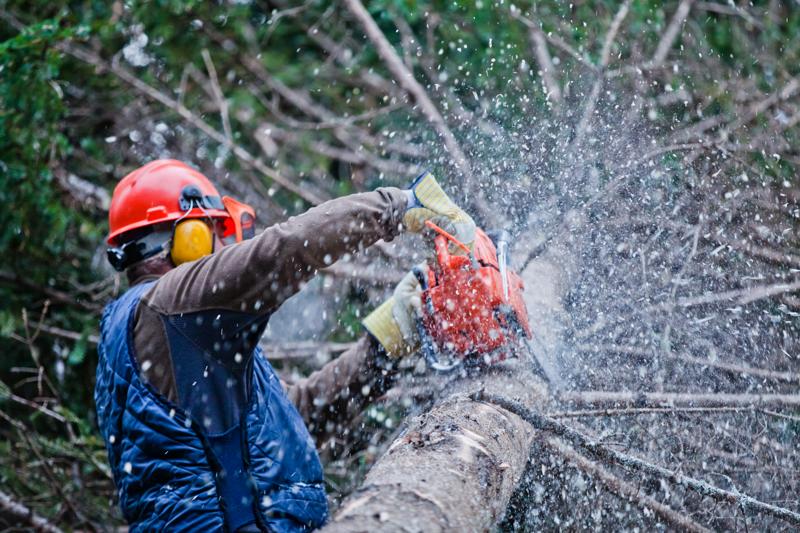
Tree removal is a necessary job for many property owners, but it’s not as easy as cutting down the branch and allowing the roots to decay. Understanding the lifespan of tree roots is vital for ensuring it is completed properly and safely. The article below we will examine the duration that roots last after a tree has been removed and address many of the frequently asked questions about this topic.
How long will tree roots last after cutting them down?
The time span for the roots of a tree after it has been cut down can vary widely based on the kind of tree, the size of the roots, as well as the environment conditions. It is generally safe to assume that the tree’s roots continue to exist for several years after a tree has been cut down. This is because the roots are still capable of absorbing moisture and nutrients from soil and absorbing nutrients from the soil, long after the plant is removed.
The factors that determine the longevity of Tree Roots
There are many factors that can affect the life span of tree roots after a tree is cut down. A few of them are different species of trees Certain species of trees contain roots that are robust and more durable than others. For instance oak tree roots have been observed to last for a long time after the tree is removed. Size of the roots The more extensive the tree’s roots are, the longer they will likely remain after the tree has been taken down. The reason for this is that larger roots have a greater capacity to absorb nutrients and moisture out of the soil. Conditions in the soil: The kind, temperature, and the level of moisture in the area where it was cut will affect the life span that the root system. If the soil is dry and compacted the roots will decompose more rapidly. If the soil is moist and well-drained, it will be longer lasting for the roots.
What happens to the tree Roots Following the cutting?
If a tree is cut down, the roots will slowly begin to decompose. The process could take several years, depending on the factors mentioned above. During this time the roots slowly release nutrients back into the soil which can be beneficial for other plants within the region. After the roots have completely decayed, they’ll not pose a risk to structures or landscapes around them.
FAQs:
Are tree roots able to grow again after cutting them down?
Tree roots are not able to regrow after a tree has been cut down. Once the roots have been removed, they will slowly start to decay and not be able to growing again.
Are tree roots able to continue to grow after cutting them down?
No, tree roots will not remain growing after a tree is cut down. But, they’ll remain alive for a number of years, as they’re still capable absorbing moisture and nutrients from the soil.
Are tree roots likely to continue to spread after cutting down?
No, tree roots aren’t going to continue spreading after a tree has been removed. Once the tree has been taken down, the roots will slowly begin to decompose and no longer pose a threat to surrounding structures or landscapes.
Conclusion:
In conclusion, the duration of tree roots after the tree has been removed is a matter of debate depending on several factors. Knowing the duration that tree roots will live is vital to ensure that the removal of trees is completed correctly and safely. If you have an existing tree that requires to be removed, it is always best to hire a professional Hawkesbury Tree Cutting arborist to carry out the job. Our highly skilled and knowledgeable arborists have the equipment and expertise to safely and efficiently remove trees, and to address any concerns about the longevity of the roots. Contact us today by calling 0480 024 203 to schedule a consultation and find out how we can help you remove trees for Hawkesbury. Do not risk damaging your property or putting yourself in danger trying to remove a tree on your own. Let the experts at Hawkesbury Tree Cutting handle all of the tree removal requirements.

